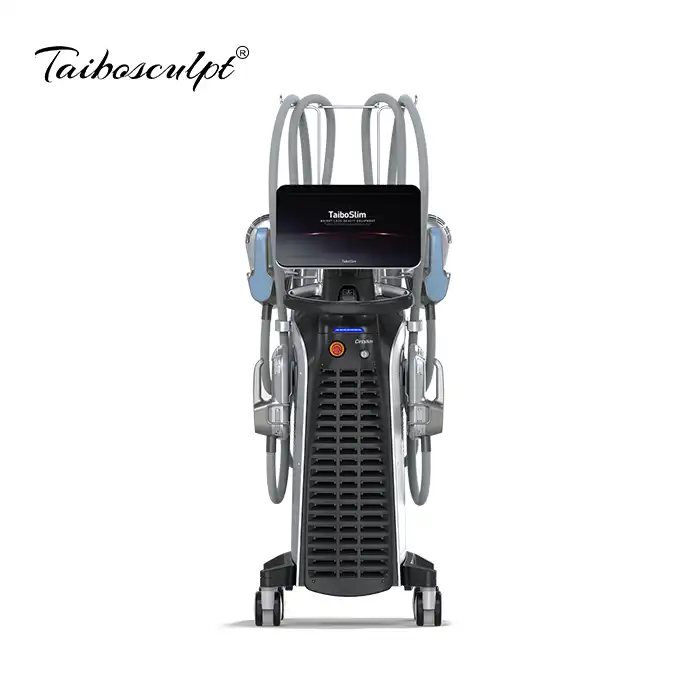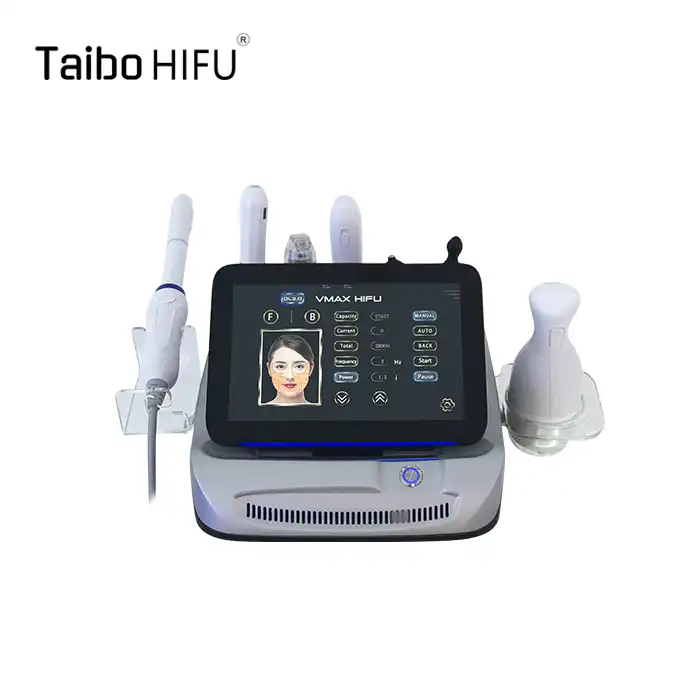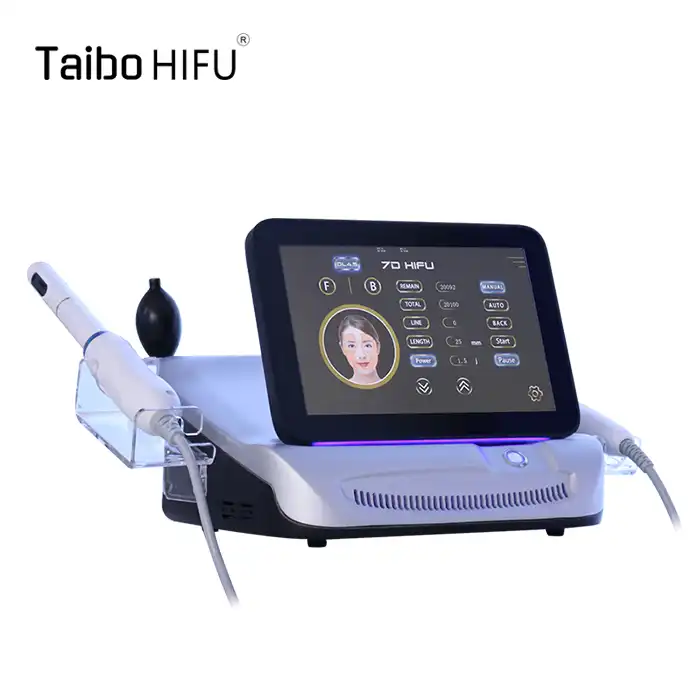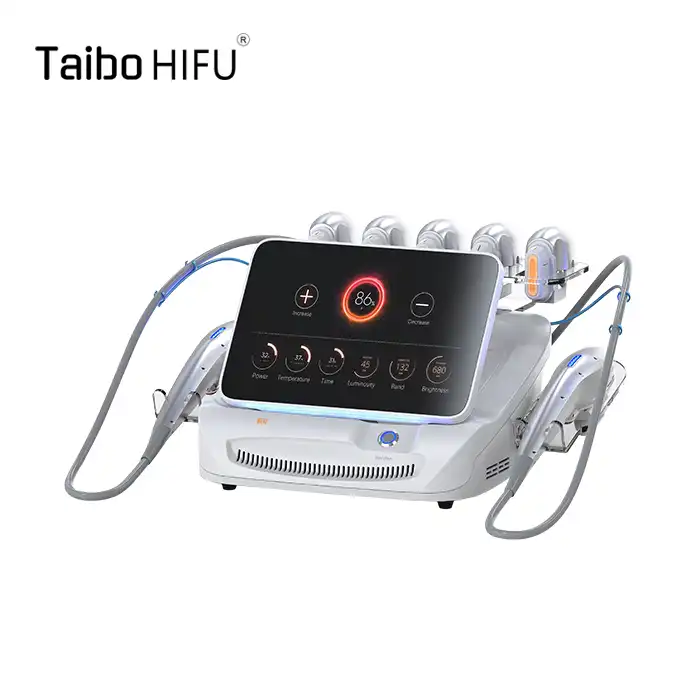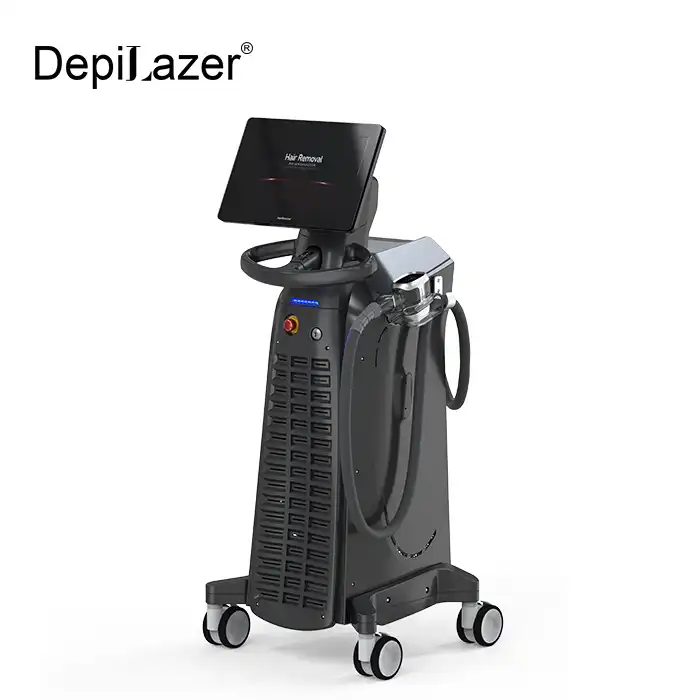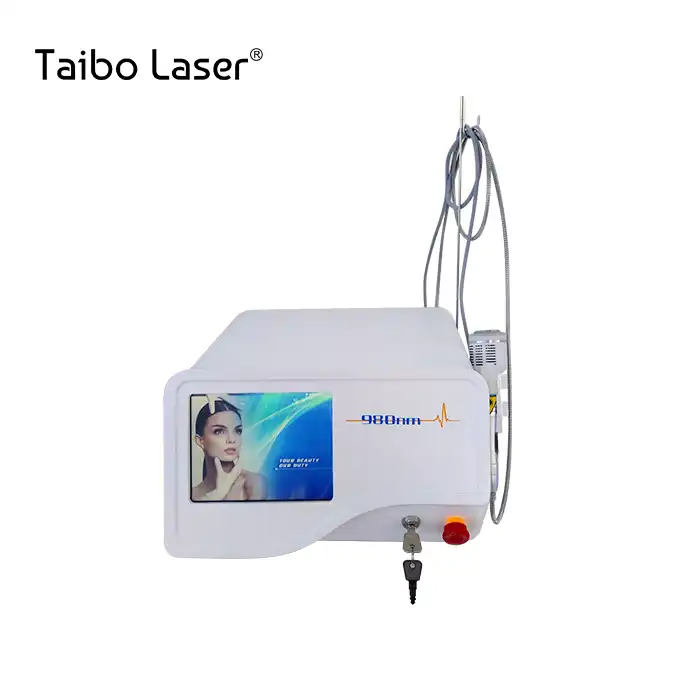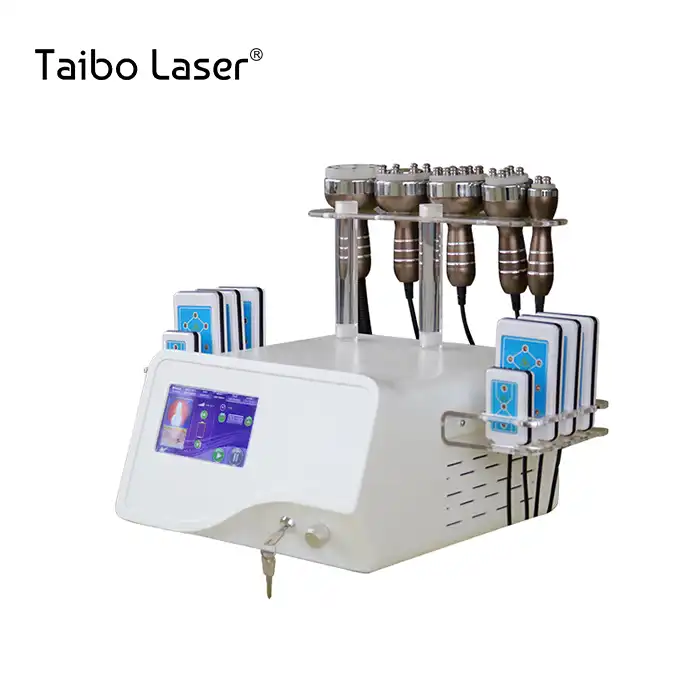The Science Behind Laser Tattoo Removal
How Lasers Target Tattoo Ink?
At the very core of laser tattoo removal lies the ingenious principle of selective photothermolysis. This sophisticated technique hinges on the utilization of precisely calibrated wavelengths of light. These specific light wavelengths are meticulously chosen to home in on tattoo pigments with pinpoint accuracy, while safeguarding the surrounding healthy skin from harm. The state-of-the-art laser tattoo removal machine discharges short, yet intensely powerful pulses of light. These light bursts penetrate deep beneath the skin's surface and are avidly absorbed by the tattoo ink particles, setting the stage for their subsequent breakdown.
The Role of Pigment Color in Removal
The color of tattoo ink plays a pivotal role in the removal process. Different hues possess varying affinities for different wavelengths of light. Black ink, being a broadband absorber, readily soaks up all laser wavelengths, rendering it the most straightforward color to eliminate. However, colors like green and blue present a tougher challenge. Their absorption spectra are more selective, demanding specialized lasers tuned to their specific wavelengths. Consequently, modern laser tattoo removal machines are often equipped with multiple wavelength options, enabling them to combat the entire gamut of tattoo colors.
The Body's Natural Ink Removal Process
Once the laser has successfully fragmented the ink particles into minuscule pieces, the body's remarkable innate defense mechanism springs into action. Macrophages, the vigilant white blood cells, swoop in to engulf these microscopic ink remnants. They then ferry them away from the tattooed area, initiating a slow but steady cleansing process. Over the course of time, this natural elimination pathway leads to the progressive fading of the tattoo. The efficacy of this removal process is contingent upon several factors, including the age of the tattoo, its depth within the skin, and the overall robustness of the individual's immune system.
Different Types of Laser Machines Explained
Q-Switched Lasers: The Gold Standard
Q-switched lasers have reigned supreme as the gold standard in tattoo removal for years. Their prowess lies in the ability to unleash high-energy pulses within astonishingly short time frames, usually nanoseconds. This rapid-fire energy delivery is a game-changer. It smashes tattoo ink particles into fragments with surgical precision, all while expertly curbing heat-induced damage to the surrounding skin tissue. There's a diverse lineup of Q-switched lasers, like the Ruby, renowned for its affinity with certain ink hues, the Alexandrite, favored for specific skin tones, and the Nd:YAG, a versatile workhorse. Each variant is calibrated to zero in on particular ink colors and skin types, ensuring optimal outcomes.
Picosecond Lasers: The Next Generation
Picosecond lasers have emerged as the vanguard of laser tattoo removal machine technology. These state-of-the-art devices fire off pulses that are a quantum leap faster, measured in picoseconds – mere trillionths of a second. This ultra-short burst duration is a revolutionary advantage. It supercharges the ink breakdown process, making it far more efficient. As a result, patients might see a reduction in the arduous treatment marathon, needing fewer sessions. Picosecond lasers truly shine when up against obstinate ink colors, often achieving remarkable results and, pleasingly, with a diminished risk of side effects, heralding a new era in tattoo removal.
Combination Treatments: Maximizing Effectiveness
In the avant-garde world of advanced clinics, a strategic combination of different laser types is the secret sauce for peak results. Picture a bespoke treatment blueprint: initiation with a Q-switched laser, its powerful blasts obliterating darker, more tractable inks. Then, the picosecond laser steps in, like a precision-guided missile, honing in on the most stubborn pigments that resisted the first assault. This synergistic approach arms practitioners with the tools to conquer a vast spectrum of tattoo types and colors. It's a testament to the adaptability and might of modern laser tattoo removal machines, offering patients a bespoke path to ink-free skin.
Common Myths About Laser Tattoo Removal
Myth: Laser Removal is Instantaneous
One of the most widespread and persistent misunderstandings about laser tattoo removal is the belief that it's a rapid, instantaneous fix. However, the truth is far from it. In actuality, achieving complete tattoo eradication usually demands a series of sessions, with intervals of several weeks in between. The precise number hinges on multiple elements, including the tattoo's size – larger ones naturally take more time, the density of the ink, and the variety of colors used. While a modicum of fading might be perceptible after the initial treatment, it's crucial to exercise patience. Only through consistent sessions with a laser tattoo removal machine can the desired, blemish-free result be attained.
Myth: All Tattoos Can Be Completely Removed
Despite the remarkable strides made in laser technology, it's essential to grasp that total tattoo removal isn't always within reach. Various factors come into play. Skin type, for instance, can influence how the laser interacts with the ink; darker skin tones may pose additional challenges. The location of the tattoo matters too; areas with thinner skin or closer to bones might respond differently. Moreover, the composition of the ink – whether it contains certain pigments that are harder to break down – can impede complete elimination. Seeking professional counsel from an adept practitioner is vital to set realistic expectations based on one's unique circumstances.
Myth: Laser Removal is Painless
Although contemporary laser procedures have undeniably made significant progress in terms of patient comfort compared to archaic methods, it would be inaccurate to claim that the process is devoid of pain. Many patients liken the sensation to a sharp snap of a rubber band against their skin. Nevertheless, technological advancements have not been in vain. The incorporation of cooling systems, which soothe the skin during treatment, has substantially mitigated discomfort. Most individuals find the experience bearable, particularly when they consider the long-term boon of bidding farewell to an unwanted tattoo.
Conclusion
Laser tattoo removal machines have transformed the landscape of tattoo regret, offering a scientifically advanced solution for those seeking to part ways with their ink. By understanding the technology, process, and realistic expectations, individuals can make informed decisions about tattoo removal. As research continues and technology evolves, we can expect even more efficient and effective solutions in the future. If you want to get more information about this product, you can contact us at susan@taibobeauty.com.














